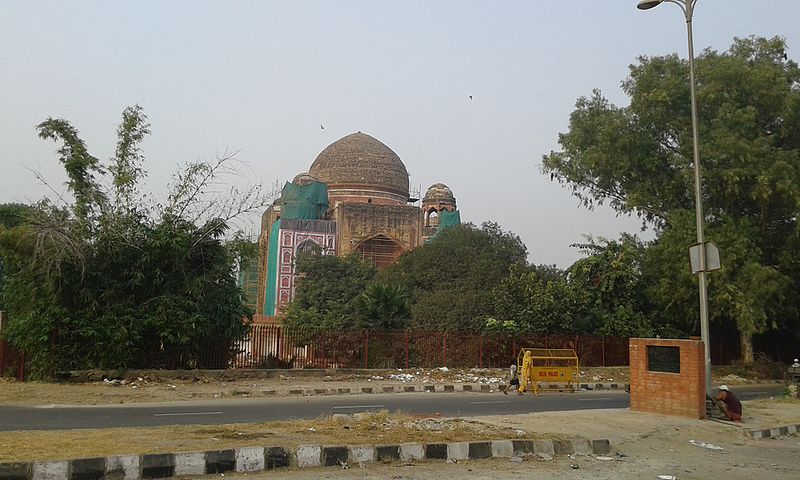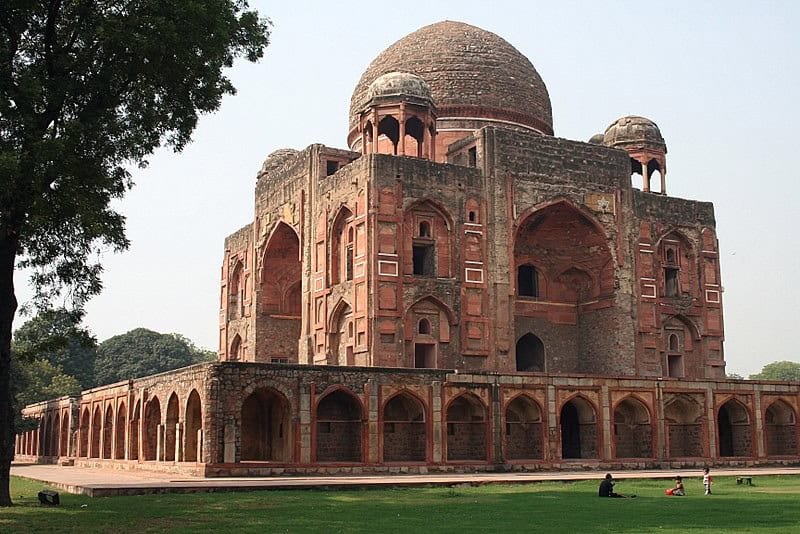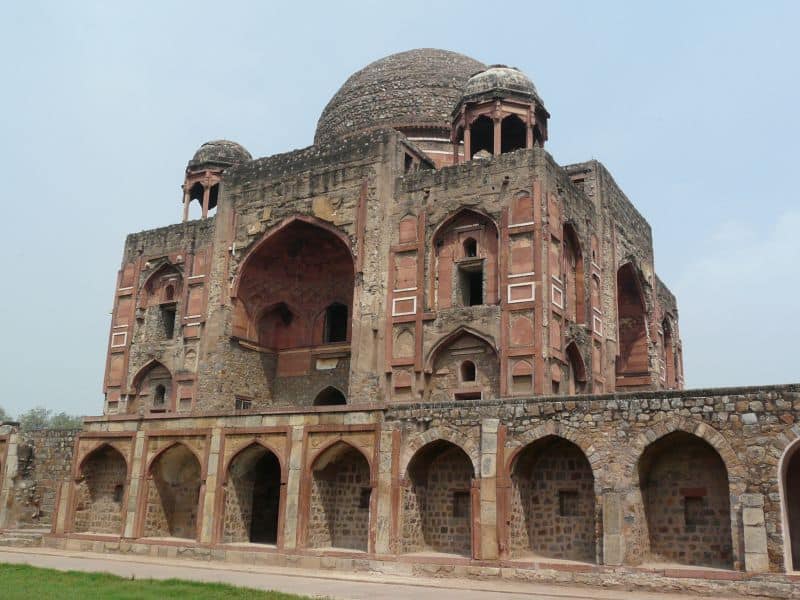NEW DELHI: Some 50 years before a magnificent monument of love, Taj Mahal, was built by Shahjahan, Abdur Rahim Khan-e-Khanan, a poet and Diwan in Emperor Akbar’s court, built a tomb in the memory of his wife Mah Banu. It was the first Mughal tomb built for a woman. Rahim had built a tomb for his wife when she passed away in AD 1598.
Rahim spared no expense in having the tomb ornamented – set in a large garden, except for a few modifications. The most Interesting fact about this historical monument is it is architecturally a replica of the tomb of Humayun that exists very close to it which was built by Humayun’s wife for Humayun out of love.
Abdul Rahim was one of the most accomplished ministers in the court of the Mughal Emperor Akbar (ruled AD 1556-1605), he was one of the “Navaratnas” (“Nine jewels”) who graced Akbar’s court & entertained the Emperor as well as the masses with his skills & knowledge. Very few people are actually aware today that besides being a renowned poet & composer, Rahim was also a powerful army general & commanded Akbar’s armies in many battles.

The beautiful square tomb, built of red sandstone & grey Delhi quartzite interspersed by marble, is an epitome of striking symmetry & craftsmanship despite being ravaged by later Mughal nobles. It is still one of the most striking structures in all of Delhi, preserved in the state it was left in 1754.
Standing on a very high square base, the tomb looks impressive and massive – the base itself is so huge that it has arched cells running along all its sides. Despite its size, the tomb looks delicate, a gentle mausoleum built by a fiercely powerful but wise man. Later, on his death, Rahim, too, was buried beside his wife, just like Shah Jahan would be in the Taj.
The tomb of Abdur Rahim is on Mathura Road, New Delhi. Abdur Rahim’s tomb is one of the popular tourist attractions in Delhi. Rahim used marble and sandstone to construct this tomb. However, they were removed and used to build the Safdarjung tomb later. Abdur Rahim’s tomb is one of the beautiful paradigms of early Mughal architecture.
In 2014 the Ministry of Culture requested the Aga Khan Trust for Culture (AKTC) to restore Abdul Rahim’s Tomb, Now since 2014, this 16th century garden-tomb has been undergoing renovation work by the Aga khan Trust for Culture as part of its Nizamuddin area urban renewal initiative, This renovation is being done by AKTC along with the Archaeology Survey of India. There were major structural problems, deep cracks in the crypt, first floor and within the dome. They are renovating the decrepit tomb and restoring it to its Mughal magnificence.
The tomb’s condition was precarious, to say the least, when the project began. “I usually don’t say this, but this building could have collapsed,” says Ratish Nanda, AKTC’s Chief Executive.
It was “a very complex” project, he says. The restoration began in association with the Archaeological Survey of India and funding from InterGlobe, an Indian conglomerate. It took us a year just to strengthen the foundation. We had expected to finish it in three years, it will take us another 12 months” said Ratish Nanda, AKTC project director, It is expected to open to the public by mid 2019.



